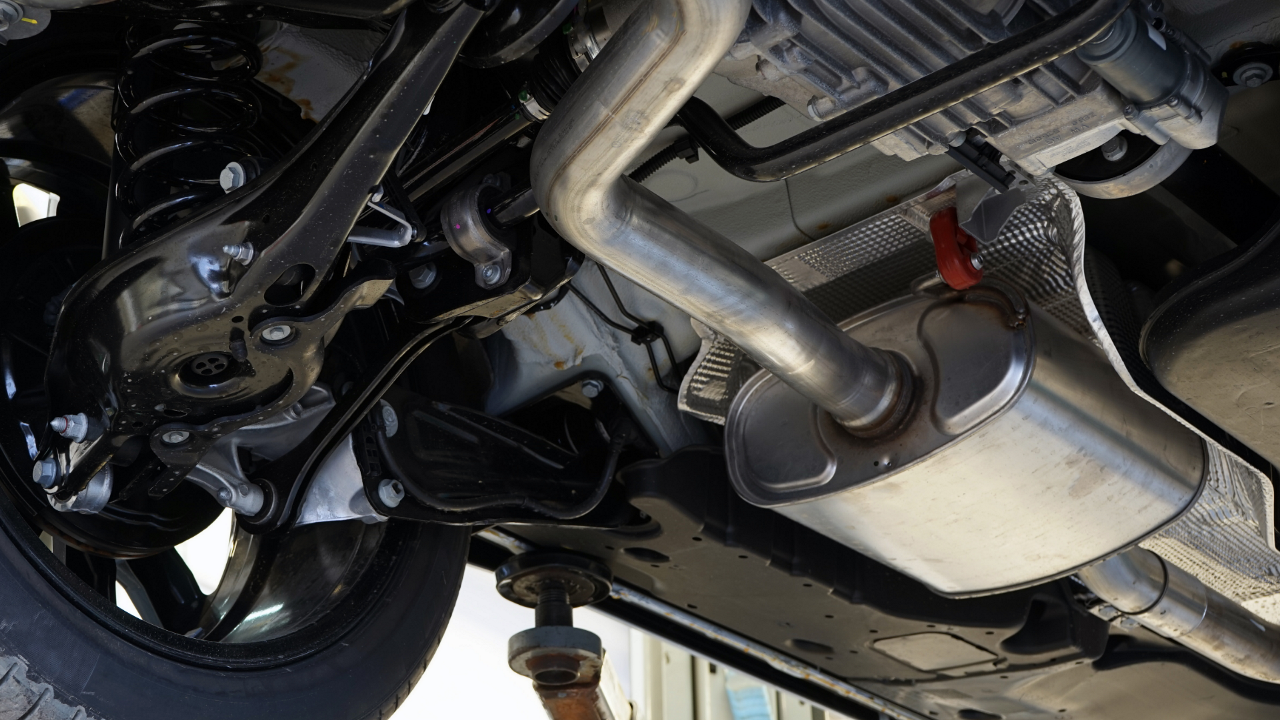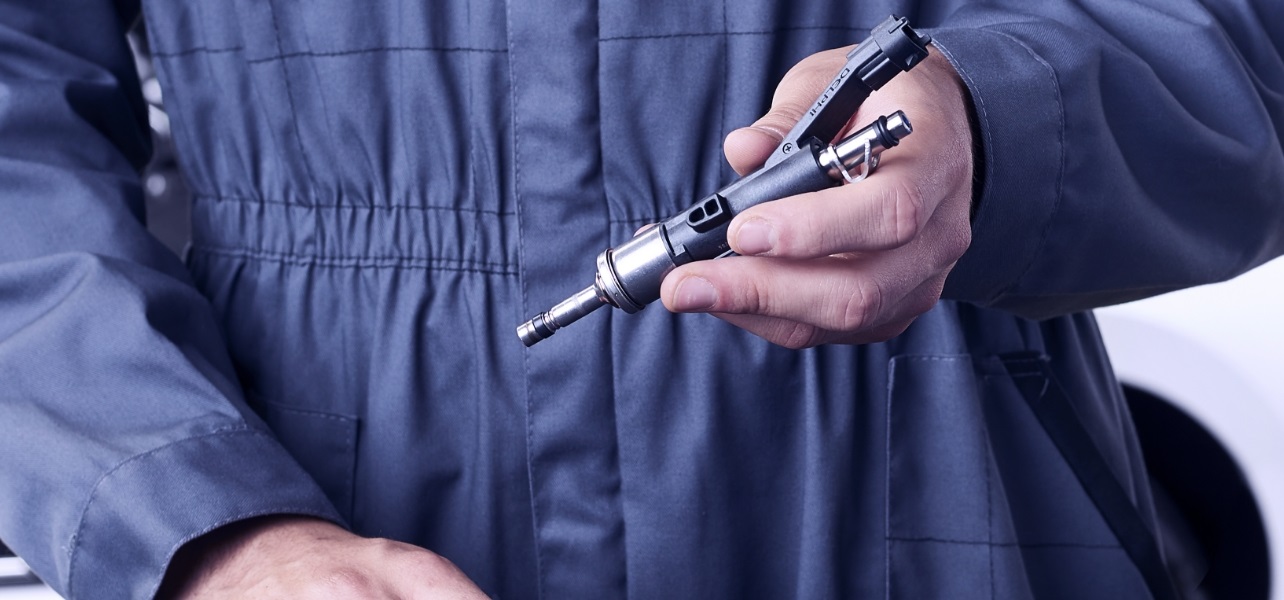Resource Highlights
If you have a diesel vehicle in your workshop, chances are it will be fitted with a NOx sensor. Uncertain what that is and how it works? Then this bitesize article is for you.

What are Oxides of Nitrogen (NOx) sensors?
An oxides of nitrogen sensor is used to monitor the levels of oxides of nitrogen that a vehicle emits to ensure it is compliant with emissions regulations.
Oxides of nitrogen (otherwise known as NOx) are pollutants that have both environmental and health impacts. NOx usually refers to nitric oxide (NO) which becomes nitrogen dioxide (NO2) when it combines with oxygen under high temperatures. This reddish-brown gas makes summer smog look brown and hazy in high-traffic areas.
The gases are poisonous and highly reactive. They can affect and contribute to respiratory infections and asthma, especially in children, as well as cause detrimental effects to local ecosystems and road visibility.
Controlling the levels of NOx emitted into the atmosphere is incredibly important, which makes the NOx sensor a vital vehicle component.
What does a NOx sensor do?
The NOx sensor not only monitors the level of the oxides of nitrogen being released into the air, but it also plays an essential role in controlling it through the Selective Catalytic Reduction (SCR) system in diesel vehicles.
The NOx sensor is a key part of this system, which also includes the SCR catalyst, Diesel Particulate Filter (DPF), and turbocharger amongst others. If the NOx sensor detects too much NOx gases being emitted, it sends that information to the SCR system, which then adjusts the output to a level that’s compliant with emission regulations.
How does a NOx sensor work?
The sensor is made up of a Nernst cell with a current flowing through. This corrects the air/fuel ratio to λ=1. A second cell, usually made of ceramic with a layer of rhodium, breaks down the oxides of nitrogen into nitrogen and oxygen. The NOx controller – usually closely positioned to the NOx sensor – calculates the level of oxides of nitrogen present in the exhaust gas, and sends that data to the SCR controller. The SCR controller then adjusts the amount of diesel exhaust fluid injected into the SCR catalyst, which in turn transforms excess oxides of nitrogen into water and nitrogen.
Where is the NOx sensor located?
The NOx sensor is most commonly found after the SCR catalyst. This allows the SCR controller to check that NOx levels have dropped to the correct amounts. Some vehicles have pre- and post-SCR sensors, although just the one sensor is more common.
Do you need a NOx sensor?
Yes, NOx sensors are a necessity, especially for modern diesel vehicles.
With oxides of nitrogen causing harmful effects on human health and indirectly damaging the environment, emissions controls are tightly regulated.
NOx sensors have been fitted in vehicles since the early 2000s. To be Euro 6 compliant, a modern diesel vehicle cannot emit more than 80mg/km of NOx gases, which would be impossible without a NOx sensor to accurately monitor the levels.
You can find a handy breakdown of the regulations here.
Are NOx sensors only found in diesel engines?
Most modern vehicles are fitted with NOx sensors – both petrol and diesel.
Even though petrol engines produce significantly less NOx than diesel engines, emission levels are still highly regulated. To pass Euro 6 compliance tests, modern vehicles have at least one NOx sensor to control the vehicle’s output.
Common NOx sensor faults
Precision components such as NOx sensors have limited lifespans, so it is fairly common to have to replace them at some point during vehicle ownership.
One of the main causes of a NOx sensor fault is buildup of soot from the combustion process. Soot is not only abrasive, meaning that it can damage the sensor over time, it can also coat the sensor, inhibiting it from measuring the gas accurately.
For an in-depth look at common causes of NOx sensor issues, check out our guide.
Can you test a NOx sensor?
If the vehicle is exhibiting NOx sensor fail symptoms such as:
- engine warning light illumination
- increased fuel consumption
- reduced power
- going into limp mode
- reduced acceleration
- reduced performance
…a diagnostic tool such as Delphi's BlueTech VCI can scan the vehicle’s ECU for error codes.
However, these codes may not tell the full story as they could be caused by a number of issues. If a NOx sensor error is suspected, a further test can be performed on the sensors themselves using a multimeter to see if they’re operating correctly. Take a look at our guide for a run through.
How do you clean a NOx sensor?
Cleaning a NOx sensor is not recommended. NOx sensors are actually self-cleaning, so if the sensor is displaying signs that it isn’t working properly, it should be replaced rather than cleaned manually to solve the issue.
Can you repair a NOx sensor controller?
A NOx sensor replacement can be costly, so the repair option may be tempting. However, for such a precise component, a repair may only be a short-term solution before it fails again, meaning you’d have to do the job twice.
Can you replace a NOx sensor?
Absolutely, and we have a handy how to guide that tells you how to replace a NOx sensor, step by step.
For cost reasons, it may be tempting to replace a faulty NOx sensor with a refurbished one. We would recommend only using brand new, quality components to achieve the longest lifespan and accurate performance.
Choose Delphi for quality parts and expert support as your trusted aftermarket partner.SIGN UP TO FIND MORE
Fill up your details to hear more from our experts and get the latest updates from Delphi.



